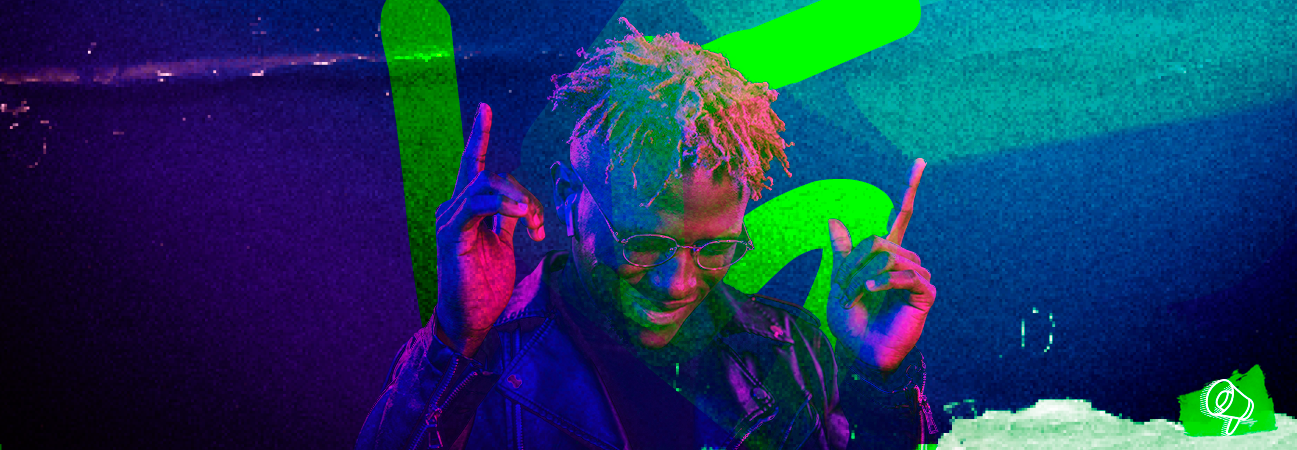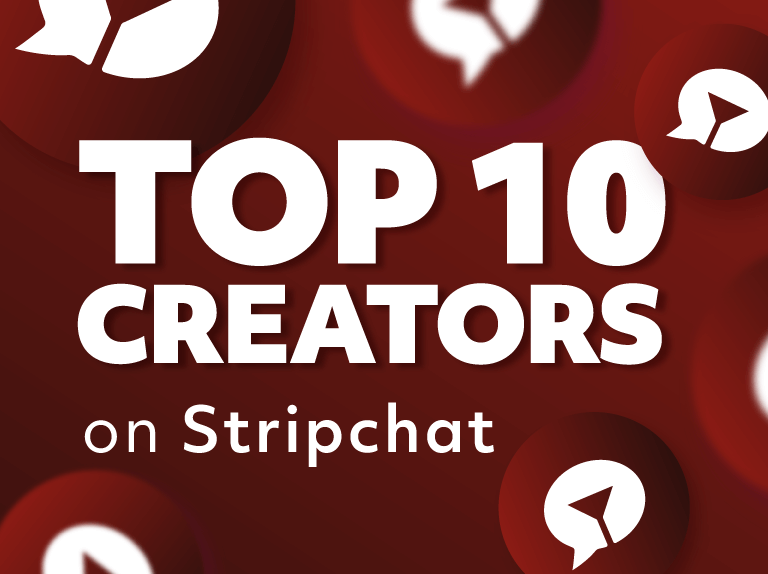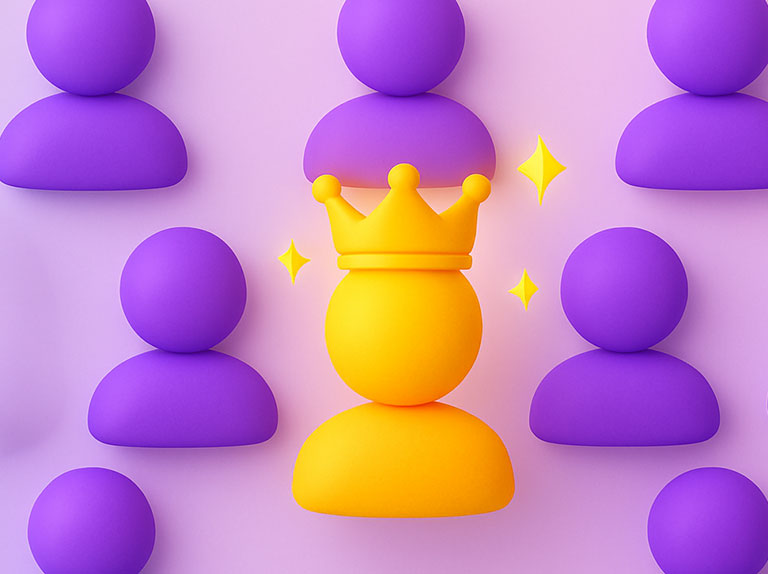You’re an influencer, and you’ve mastered the art of growing your fanbase with engaging content? Or you’ve got a brand to promote on social media, and you don’t know jack about building a fanbase?
Congratulations! You’re entering the big league of influencer marketing!
Once you understand that social media can turn into new streams of income, you’ve already taken up the first part of the challenge. But understanding who you can make money with and how exactly is another ball game. To help you and your wallet, we’ve broken down the different parts of the influencer marketing industry into 15 important terms. Adding them to your vocab will not only make you sound smarter at your next dinner parties, but you’ll know enough to develop your own strategy to succeed on social media.
1. Influencer Marketing
Influence marketing is essentially leveraging an influencer’s following to promote brands or lifestyles through creative content on social media (pictures, videos, reels, blog articles, stories, live events). Followers or subscribers become a targeted audience for an advertiser’s product or service, and influencer’s content can turn them into potential consumers. Both influencers and advertisers can make money through sponsored posts, paid partnerships or brand ambassadorships.
2. Performance Marketing
Performance marketing is a marketing model adopted by marketers to make money based on how successful an ad is. A marketing agency only makes money if its clients make money. For that to happen, an ad must lead to a desired action–buying a product or filling out a form–to become cost-effective. Influencer marketing is a form of performance marketing, where influencers get paid for each desired action.
3. Advertiser
Advertisers are the companies or the brands that want to promote their products or services with an influencer. They may slide into an influencer’s DM’s complimenting them on their content and offering them to work with them. Advertisers can also be matched with influencers via a CPA network that specializes in influencer marketing or affiliate marketing.
4. Fanbase monetization
Fanbase monetization allows influencers to make money with their visibility on social media by promoting advertisers. How exactly? That includes:
- sponsored content,
- referrals,
- contests and giveaways,
- live streaming,
- paid partnerships,
- etc.
Because of their growing fanbase, followers can turn into potential consumers of the products influencers promote. Successful influencers earn a commission based on sales derived from their social media posts. There are a rising number of fanbase monetization platforms that exist to create business opportunities between influencers and advertisers. Fansrevenue is a good example.
5. Paid Partnership
You might have seen it on Instagram or Twitter posts: a content creator tags a business, an organization, or a brand as a partner to bring awareness to a product or a cause. The “Paid Partnership” feature on social media apps allows influencers to be transparent with their audience about branded content. It also gives a business the power to approve or disapprove content where they are tagged before publication.
6. Return on Investment (ROI)
It is the big bucks you earn after expenses. Advertisers will be more concerned with ROI since they’re the ones investing in social media campaigns, whereas influencers earn either a commission or a fixed amount per post. If you, as an influencer, have to pay a professional photographer or makeup artist for your content, then you have to subtract their fees from your commission to obtain your ROI.
7. Brand ambassador
Brand ambassadors represent a brand publicly. They not only endorse the brand, but they support its values and share its core vision. Brand ambassadors and advertisers have a long-term business relationship. The brand ambassador may produce branded content on a weekly or monthly basis for specific events or marketing campaigns, acting as a visible reference for the brand. Influencers can become brand ambassadors if they truly embrace a brand or a cause, and if their fanbase includes a niche that corresponds to the brand’s target audience.
8. Niche
A niche on social media is a specific group of like-minded followers that share an interest in a cause, a TV show, a sport, or a hobby. They may also share common traits such as location, language, beliefs, or style. People in a niche community don’t know they belong to a niche community, but they tend to follow the same hashtags or and consume the same products related to their common interest. That’s why marketing campaigns targeting niche communities will have a higher engagement rate than if they’re created for a wider audience.
9. Content Creator
All influencers are digital content creators, but not all content creators become influencers. The difference? Content creators don’t necessarily promote brands or lifestyles. They use a given social media platform to share their art with the world. For example, YouTube is full of video content creators that build channels for DIYs, lessons, and music covers. They may or may not have a big fanbase, but they won’t try to monetize it. Nowadays, with new platforms such as TikTok, more people are becoming digital content creators, producing bits of entertainment that can reach millions with the best tags.
10. CPA Network
A CPA (cost per acquisition) network is essentially a business model for marketers. Within a CPA network, influencers who wish to monetize their fanbase are matched with advertisers who want more visibility. A CPA network is a third-party marketer that acts as a middle man and sparks new business opportunities for both parties. Crakrevenue is an example of a CPA network.
11. Sponsored Post
A sponsored post is a post on social media that promotes a brand or product. In other words, it’s branded content created by an influencer in exchange for a form of compensation by the advertiser. Your followers can identify sponsored posts if you use the “Paid Partnership” feature on Instagram or the “Promoted by” feature on Twitter.
12. Pay-per-Sale (PPS)
That’s what an influencer makes once a sale is completed via a post. That post would have a link in bio or in the description leading to the advertiser’s website. If a follower makes a purchase, the influencer earns a commission on each sale because of the branded post.
13. Pay-per-Post (PPP)
It is the amount of money an influencer makes for each branded post on social media, regardless of how much engagement or sales that come from it.
14. Revshare
Revshare or revenue share is one of the many payment options offered by CPA networks among PPS and PPP. With Revshare, influencers can make money in their sleep because they earn a percentage of all the sales generated from their fanbase… for life. It’s a long-term solution for influencers trying to build a sustainable income from their social media platforms.
15. Celebrity Endorsement
Celebrity endorsements take place when the influencer also happens to be a successful artist, an actor or actress, or an athlete. Celebrity endorsements are very lucrative for brands since artists and athletes have huge followings on social media–millions of followers. But they can also be very costly if the celebrity does something that may compromise the brand.
So if you’re flooded with compliments about the original content you post, or if you get questions about the products you use, influencer marketing might be the next thing for your wallet!
Don’t know where to start? We got you!
Join Fansrevenue and get in touch with top advertisers across many industries.





